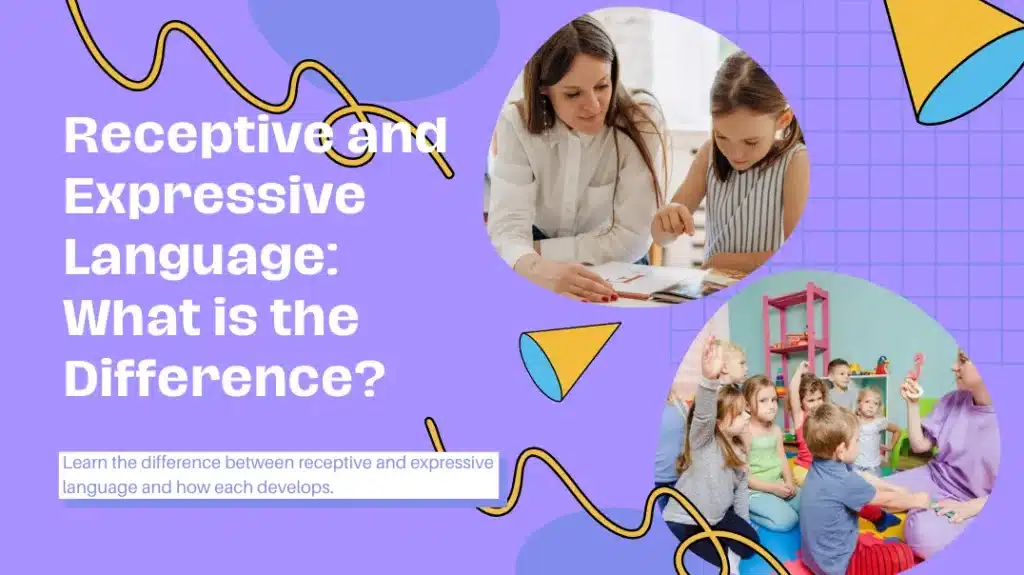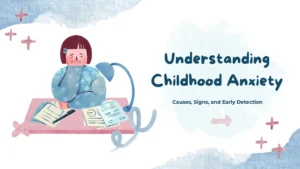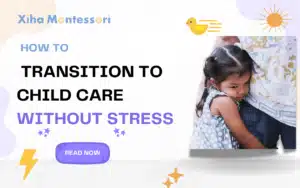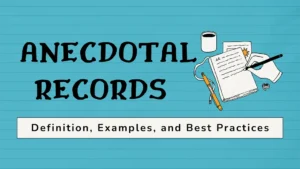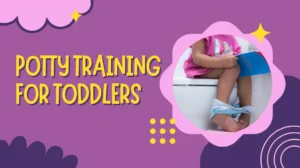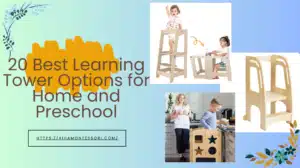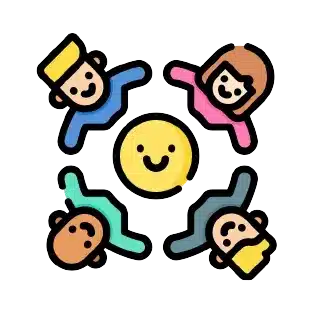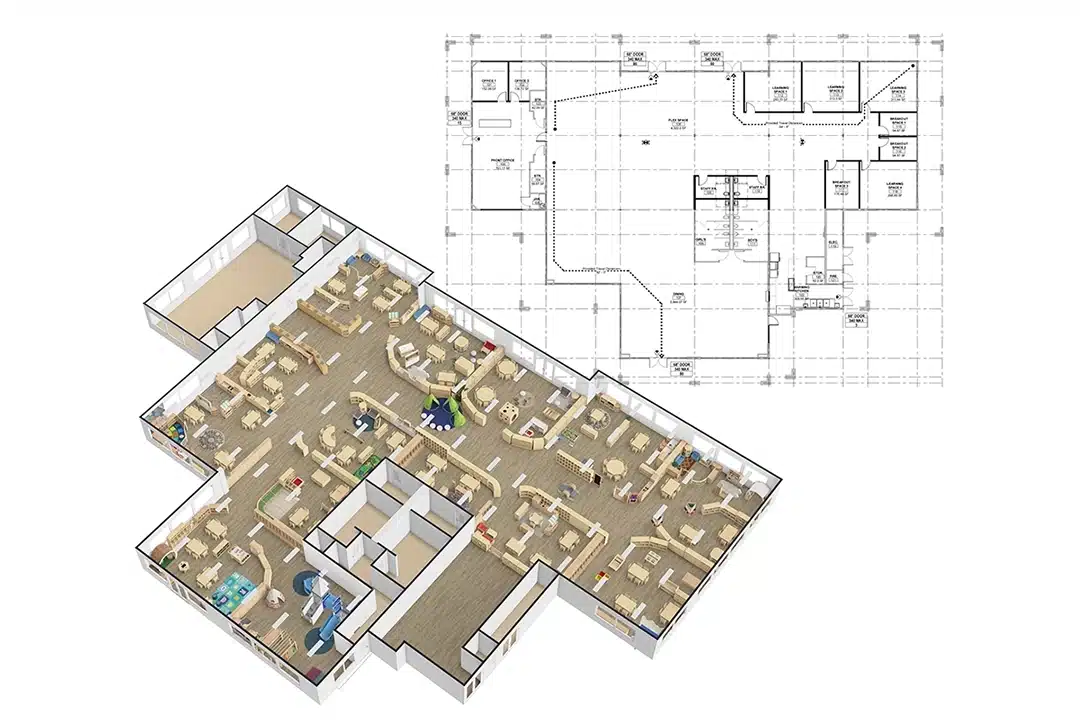Are you confused about the difference between receptive and expressive language? Wondering why your child seems to understand more than they can say? Concerned if their development is on track, or when you should intervene? You’re not alone—these are common questions in early childhood education.
Receptive and expressive language are two core communication elements: receptive language is what we understand, and expressive language is what we say. Each develops at its own pace, which is essential to healthy childhood development.
Understanding the difference can help you better support children’s communication skills and choose the right educational tools, especially in a Montessori or Reggio classroom environment.
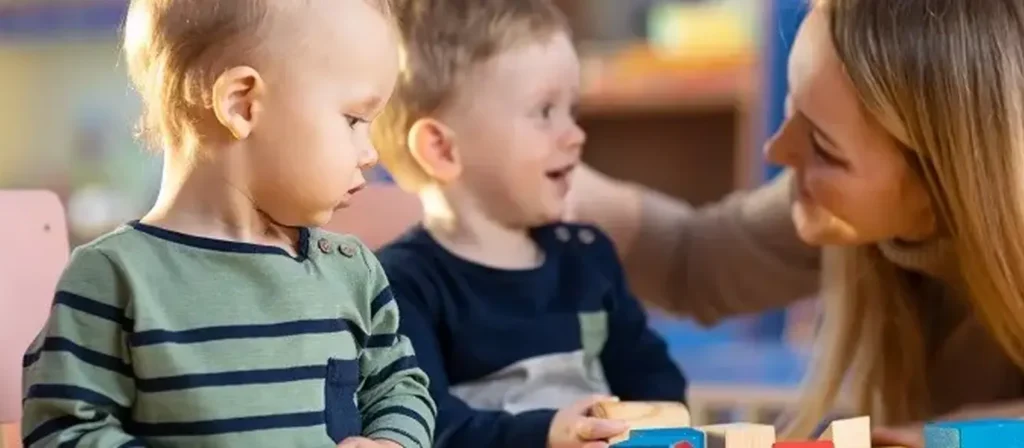
Understanding Language Development
Receptive and expressive language are two fundamental aspects of human communication. These components work together to understand others and express ourselves effectively. While they function side by side, they are distinctly different in their purpose, development, and use. Receptive language refers to our ability to receive and comprehend language, whereas expressive language involves communicating our thoughts, needs, and feelings.
Receptive and expressive language skills are critical for academic achievement, social interactions, and daily functioning. They form the foundation of a child’s language development, influencing literacy, learning capabilities, and overall communication proficiency. Understanding the differences between receptive and expressive language can help parents, educators, and therapists identify challenges early and implement strategies for improvement.
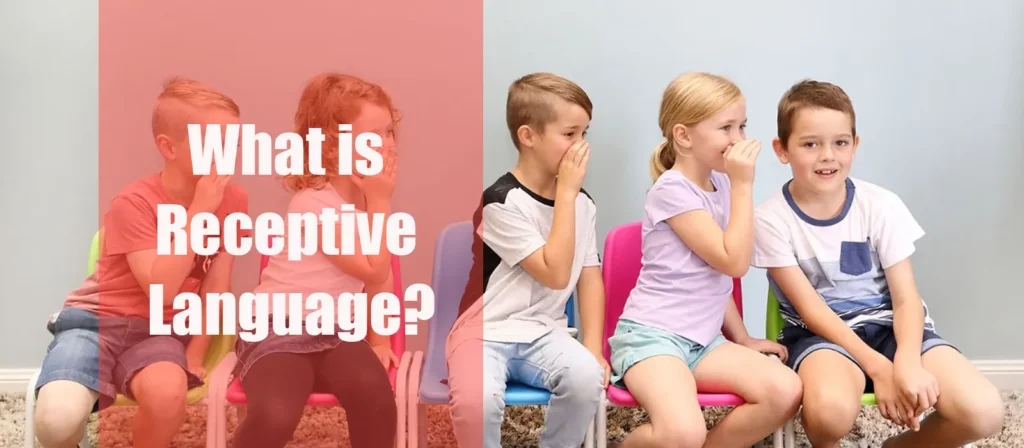
What is Receptive Language?
Receptive language is our ability to understand the words and language we hear or read. It’s the input system of communication—how we take in language from the environment. This skill begins developing before we even speak our first words. Infants start to recognize familiar voices, sounds, and words long before they can respond verbally.
Strong receptive language skills allow a person to:
- Follow directions
- Understand questions
- Comprehend stories and explanations
- Recognize vocabulary words
- Respond appropriately in conversation
Children with strong receptive language can easily absorb information from their surroundings, which supports learning and social development. Conversely, if a child struggles in this area, they may appear inattentive, confused, or uncooperative—not because they won’t comply, but because they don’t understand what’s being asked of them.
Examples of Receptive Language in Action
To better understand receptive language, let’s look at some real-world examples:
- A preschooler follows a two-step direction: “Pick up your toy and put it on the shelf.”
- A second grader listens to a story and answers questions about the characters.
- A teenager reads a science article and summarizes the main idea.
- An adult follows verbal instructions to assemble a piece of furniture.
Each of these scenarios requires the person to process incoming language, decode meaning, and respond appropriately—even if that response is nonverbal.

What is Expressive Language?
Expressive language is how we use words, sentences, gestures, and writing to convey meaning. It’s the output of communication—how we share our thoughts, feelings, and information with others. Children begin developing expressive language when they babble, use gestures, and speak their first words.
Good expressive language skills enable a person to:
- Name objects
- Use descriptive language
- Ask and answer questions
- Express feelings and opinions
- Participate in conversations
While some individuals may understand everything they hear (receptive), they might have trouble forming sentences or finding the right words to express themselves (expressive). This distinction is key in identifying specific language delays or disorders.
Examples of Expressive Language in Real Life
Here are several situations that illustrate expressive language in action:
- A toddler says “juice” when thirsty.
- A kindergartener describes a drawing to their teacher.
- A middle-school student writes a persuasive essay.
- An adult gives a presentation at work.
In all these examples, the individual organizes thoughts and communicates them clearly through speech or writing.
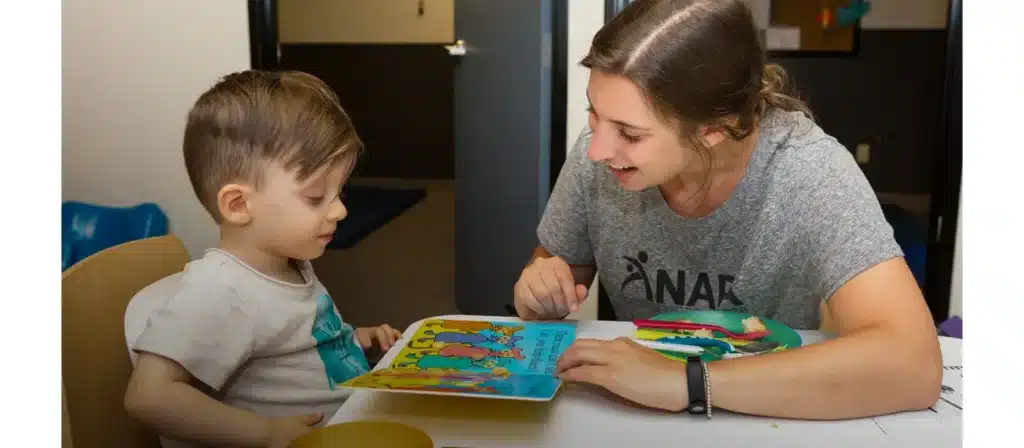
Difference Between Receptive and Expressive Language
Understanding the distinction between receptive and expressive language is crucial in identifying communication challenges and tailoring effective interventions. These two aspects of language, while interrelated, serve different functions. Receptive language is about intake—how we understand and process language. Expressive language is about output—how we produce and use language to communicate.
1. Receptive and Expressive Language Skills
Receptive Language Skills
Receptive language refers to language intake—how well a child can understand what is being said to them. This includes the ability to:
- Follow instructions for increasing complexity
- Recognize and process words, phrases, and sentences
- Identify relationships between objects, people, or ideas
- Understand tone, implication, and figurative language
- Interpret body language and facial expressions as part of communication
Children use receptive language when they listen to a teacher’s story, follow classroom rules, or respond to visual cues in a lesson. In Montessori classrooms, for example, receptive language is activated when a child hears, understands, and carries out a multi-step instruction like, “Please take your mat, unroll it, and bring your counting beads.”
Expressive Language Skills
Expressive language, in contrast, is the child’s ability to produce language. This involves:
- Using vocabulary accurately
- Forming complete, grammatically correct sentences
- Naming objects, people, and emotions
- Asking and answering questions clearly
- Describing events, expressing opinions, and narrating stories
Expressive language enables a child to communicate their needs, participate in classroom discussions, or tell a peer, “I feel sad because you didn’t share with me.” It is the output that follows comprehension.
2. Components of Language
Receptive Language Components
Receptive language requires functioning across several cognitive and sensory domains:
- Auditory Discrimination: Differentiating between sounds, words, and sentence rhythms
- Lexical Knowledge: Understanding the meaning of individual words
- Syntactic Comprehension: Grasping how words function together in a sentence
- Semantic Processing: Interpreting broader meanings within context
- Nonverbal Decoding: Reading gestures, facial expressions, and spatial cues
These components ensure that children not only hear words but also grasp what they mean within a given context—such as understanding the emotional tone of a story or the intent behind a question.
Expressive Language Components
On the expressive side, the key components include:
- Articulation: Physically producing sounds accurately
- Lexicon: Having a sufficiently large vocabulary to express ideas
- Syntax: Structuring sentences properly
- Morphology: Using correct verb tenses and plural forms
- Pragmatics: Choosing appropriate language for different social settings
Together, these elements allow children to construct responses, ask questions, make requests, and engage in dialogue, which are critical to social and academic engagement.
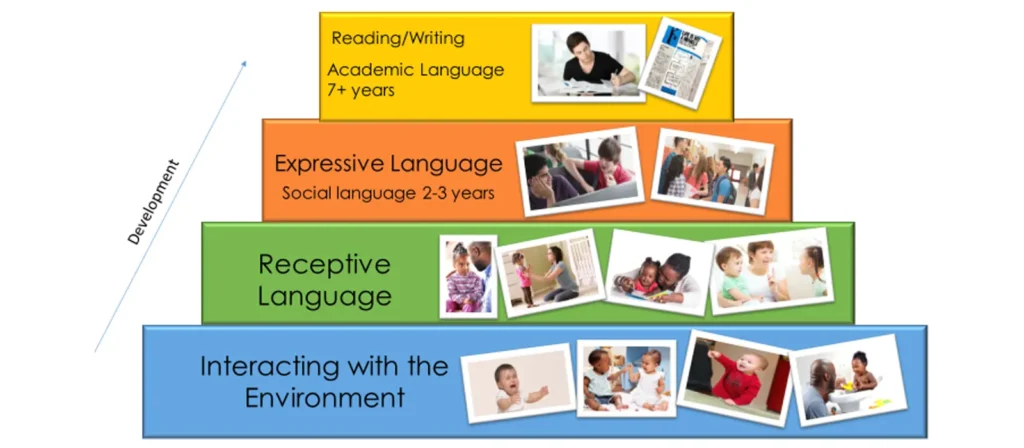
3. Developmental Sequence
Receptive Language Development
Receptive language generally develops first. From as early as infancy, children begin responding to familiar voices and sounds. They recognize their names, react to their caregivers’ tones, and eventually follow simple commands. This is because understanding language requires less cognitive strain than producing it.
- 0–6 months: Responds to voice, calming when spoken to
- 6–12 months: Understands common words like “no,” “bye-bye”
- 12–18 months: Follows basic commands; identifies common objects
- 18–24 months: Understands complex instructions and concepts
Expressive Language Development
Expressive language emerges as children’s motor skills and cognitive functions mature. Initially, children babble or use gestures, then gradually transition to single words, two-word combinations, and complex sentences.
- 0–6 months: Coos and makes vowel sounds
- 6–12 months: Babbles with consonant-vowel combinations
- 12–18 months: Begins speaking first words
- 18–24 months: Starts combining two to three words
- 2–3 years: Begins using grammar and storytelling
By preschool age, expressive skills vary widely but typically include full sentences, basic narrative skills, and growing vocabulary.
4. Assessment Focus
Receptive Language:
When assessing receptive language, the primary goal is to understand how well an individual processes spoken or written language. Examiners pay close attention to how the person responds to questions, follows verbal directions, or interprets content during a story. Testing might include asking the individual to point to pictures or act out commands. Importantly, context matters—performance may vary in structured testing versus natural environments like classrooms or home interactions, making observation a critical assessment tool.
Expressive Language:
Evaluating expressive skills revolves around sharing thoughts through speech or writing. Therapists listen for vocabulary size and sentence complexity, narrative flow, and the speaker’s ability to express ideas clearly and coherently. During assessments, children might be asked to describe a picture, tell a story, or answer open-ended questions. Expressive assessments also look at pronunciation and fluency, particularly if a child struggles to retrieve words or maintain conversational flow.
5. Language Delay
Receptive Language:
A delay in receptive language can be particularly concerning because it often flies under the radar. Children who do not understand what is said to them may appear distracted or inattentive, sometimes leading adults to suspect behavioral issues instead of language problems. These children may not follow directions, fail to answer questions appropriately, or seem disengaged during conversation or group activities. Their learning can be compromised because they miss crucial information simply due to poor comprehension.
Expressive Language:
Expressive delays are more visible. Parents may notice that their child talks less than peers, uses fewer words, or struggles to form sentences. This may result in frequent communication breakdowns, where the child gets frustrated or withdraws socially. Such delays can have a ripple effect, hindering a child’s academic performance, particularly in writing and verbal presentations. Unlike shy behavior, expressive delays persist despite encouragement and exposure, often requiring professional intervention.
6. Intervention Strategies
Receptive Language:
Interventions for receptive delays aim to build comprehension through consistent exposure and supportive scaffolding. Visual aids, simplified language, and structured routines can help children understand spoken content better. For example, pairing verbal directions with visual cues like hand gestures or picture cards improves clarity. Repetitive reading, followed by guided discussion, reinforces understanding and builds listening skills.
Expressive Language:
Improving expressive language involves encouraging children to actively use and experiment with language. Techniques such as expansion (where a caregiver models a more complete version of a child’s sentence) help scaffold learning. Encouraging storytelling, whether real or imaginative, enhances vocabulary and sentence structure. For children with more significant challenges, speech-generating devices or visual sentence builders can serve as alternative communication methods while building verbal skills in parallel.

How to Improve Receptive and Expressive Language?
Improving these skills involves both structured activities and everyday interactions. Here’s how I guide schools and parents through this process.
Receptive Language Strategies:
- Read books aloud and ask questions
- Use clear and concise language
- Repeat and rephrase instructions
- Incorporate visuals, gestures, and demonstrations
- Practice listening to games like “Simon Says”
Expressive Language Strategies:
- Encourage daily conversations
- Play storytelling and word games
- Introduce new vocabulary through books and discussions
- Use sentence starters to prompt longer answers
- Practice descriptive language with pictures or activities
Imbalance Between Receptive and Expressive Language
There’s a noticeable gap in some children—often, they understand far more than they can say. This imbalance can result in frustration or behavioral issues. Here’s how to spot and address it:
Symptoms of Imbalance:
- The child understands but doesn’t speak or respond appropriately.
- Difficulty expressing needs despite good comprehension.
- Frequent pointing, crying, or gestures instead of words.
Support Strategies:
- Use of visuals or sign language to bridge communication.
- Patience and modeling.
- Encourage turn-taking in conversation.
- Involve speech-language therapists when needed.

How Do Receptive and Expressive Language Work Together?
Language is a two-way street: one lane brings information in (receptive language), and the other sends information out (expressive language). These two systems are deeply intertwined. When a child hears a sentence like “Please put your shoes in the closet,” they need receptive language to understand what’s being asked. When they respond, “Okay, I will,” they rely on expressive language to reply.
The relationship between the two is dynamic. Strong receptive skills often provide the building blocks for expressive growth. A child who understands a wide range of vocabulary is likelier to use those words correctly in speech. Conversely, difficulties in one area can impact the other. If a child can’t comprehend language (receptive weakness), their ability to speak meaningfully (expressive strength) may be limited by a lack of understanding. Effective communication depends on the smooth interplay of both functions.
Common Challenges of Receptive and Expressive Language
In real-world educational settings, we frequently encounter language challenges that manifest differently from child to child. Here are some of the most common:
- Delayed Vocabulary Growth: A child may struggle to remember or correctly use new words.
- Instructional Misunderstanding: Students may appear distracted or non-compliant when they don’t understand the instruction.
- Poor Sentence Construction: Children might speak in single words or fragmented phrases well beyond the typical age.
- Limited Social Interaction: Difficulty expressing or understanding language can result in social withdrawal or frustration.
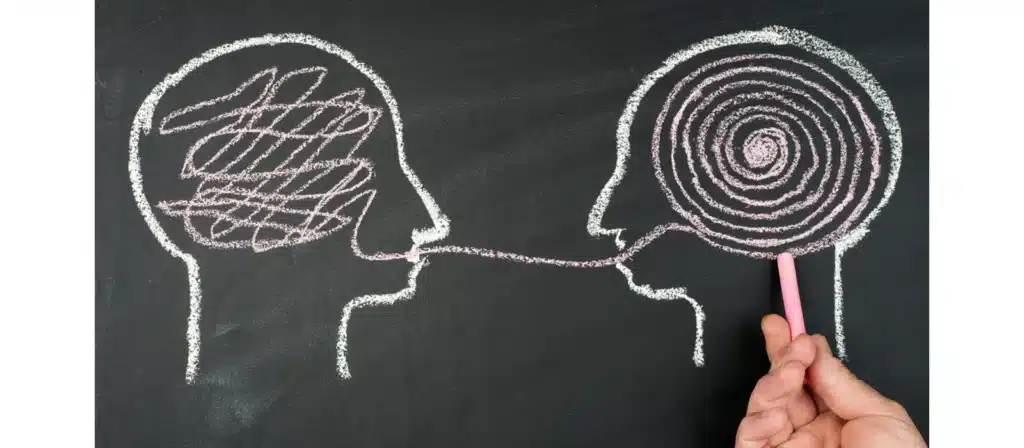
What is a Language Disorder?
A language disorder is persistent difficulty understanding (receptive), expressing (expressive), or both forms of language beyond the typical developmental stage for a child’s age. Unlike a temporary language delay that may resolve over time, language disorders typically require intervention.
1. Receptive Language Disorder

This disorder affects the ability to process incoming language. A child with a receptive language disorder may hear and recognize speech sounds but struggle to attach meaning. For example, they may not understand what “before” means in a sentence or confuse instructions like “put the red block behind the box.”
It’s not a hearing problem; it lies in interpreting what’s heard. As a result, these children often seem confused, inattentive or slow to respond.
Symptoms of Receptive Language Delay:
- Failing to respond to their name
- Difficulty following verbal instructions
- Not understanding questions
- Poor listening skills
2. Expressive Language Disorder

The primary difficulty lies in producing language. A child might understand everything said to them but still be unable to form coherent sentences. They may use vague words like “thing” instead of specific nouns or struggle with verb tenses and word order. Expressive disorders can hinder class participation, limit social bonding, and lead to behavioral outbursts born from communication frustration.
Symptoms of Expressive Language Delay:
- Speaking less than peers of the same age
- Using gestures instead of words
- Difficulty forming sentences
- Limited ability to retell events or stories
3. Mixed Receptive-Expressive Language Disorder

This is the most complex form, where input and output are impaired. Children with this disorder may have a limited understanding of spoken words and a limited ability to respond or express themselves. They often experience significant academic and social difficulties and require structured, long-term speech-language therapy.
Effects of Expressive and Receptive Language Disorders
When children face ongoing difficulties with receptive and/or expressive language, the consequences can ripple across their developmental journey—impacting academics, social interactions, behavior, and emotional health.
Academic Impact:
Children with receptive language disorders may struggle to understand classroom instructions, follow lessons, or grasp reading material. They may appear to have attention issues when the real problem is that they don’t fully comprehend what’s being taught. Conversely, those with expressive disorders often find it difficult to express their knowledge during class discussions, tests, or writing tasks. Their intelligence may be intact, but their ability to show what they know is limited by language barriers.
Social and Emotional Consequences:
Effective communication is foundational for building relationships. Children with language disorders may avoid speaking with peers, feel embarrassed about their limitations, or experience peer rejection. This can lead to low self-esteem, anxiety, or depression over time. Their inability to communicate feelings or negotiate conflict often results in behavioral outbursts or withdrawal.
Behavioral Challenges:
Frustration caused by being misunderstood—or unable to understand others—can lead to tantrums, resistance, or inattentiveness. These behaviors are sometimes misinterpreted as defiance or hyperactivity, delaying accurate diagnosis and appropriate intervention.
Long-Term Risks:
Without proper support, children with language disorders are at risk of falling behind in school, developing reading and writing difficulties, and experiencing challenges in forming healthy relationships. In adulthood, these challenges can affect job prospects and independence.

How Can Receptive or Expressive Language Delay Be Treated?
Effective treatment begins with a thorough evaluation by a licensed speech-language pathologist. Once the nature and severity of the delay are understood, a customized intervention plan is created.
Therapy Approaches:
- Individualized Speech Therapy: Targeted exercises to strengthen weak areas—listening comprehension or verbal expression. Sessions might include games, storytelling, question-answering, and conversation practice.
- Language Enrichment Activities: These are integrated into everyday routines and may include reading books, naming objects, describing activities, or playing language-based games.
- Visual Supports: Tools like picture schedules, flashcards, and gesture cues can enhance understanding and reduce pressure during conversation.
- Augmentative and Alternative Communication (AAC): Devices such as speech-generating tablets or picture communication boards provide an alternative way to communicate for children with severe expressive difficulties.
- Play-Based Interventions: Language-rich activities that integrate therapy into play
Parental Involvement:
Home reinforcement is crucial. Parents are often coached on how to model language, expand on their child’s sentences, and use every interaction as a language-learning opportunity. Regular communication between the therapist and caregivers ensures consistency and maximizes progress.
Multidisciplinary Support:
Sometimes language issues are part of broader developmental challenges. Collaboration with occupational therapists, special educators, and psychologists may be necessary to support the child holistically.

Supporting Receptive and Expressive Language Skills at Home
Speech and language development doesn’t stop at the therapist’s office. The home is one of the richest environments for building these skills naturally and meaningfully. Everyday moments—mealtime, playtime, and storytime—can all become powerful growth opportunities.
Receptive Language Skills
To enhance receptive language at home:
- Use clear and concise language when giving instructions. Break down complex directions into manageable steps.
- Read aloud daily, asking questions throughout to check comprehension and encourage engagement.
- Provide choices to strengthen understanding, such as “Do you want the red or blue ball?”
- Rephrase and repeat instructions when a child seems confused. Use gestures to reinforce meaning.
- Label actions and emotions during daily routines to build vocabulary and recognition.
Expressive Language Skills
To boost expressive language:
- Encourage conversation by asking open-ended questions like “What was your favorite part of the day?”
- Expand on what your child says. If they say “Truck,” you might respond, “Yes, that’s a big, red truck driving fast!”
- Use storytelling games or role-play to practice narrative skills and imagination.
- Play word games like “I Spy” or memory matching with pictures and vocabulary.
- Model correct grammar naturally in conversation without overt correction, which can build language skills without discouragement.
FAQs
- Can someone have strong expressive language but weak receptive language?
Yes, especially in cases of developmental disorders or specific language impairments. A person may speak well but struggle to understand spoken instructions or conversations. - How early can language delays be detected?
Delays can be observed as early as 12–18 months. Warning signs include not responding to name, lack of babbling, and failure to follow simple commands. - Are bilingual children more likely to have language delays?
No. While bilingual children may mix languages or start talking slightly later, this is a normal part of dual-language development. True language delays affect both languages. - What role do parents play in language development?
Parents influence language development through everyday conversations, reading, modeling, and engaging activities that promote both understanding and expression. - How does expressive language develop over time?
Expressive language typically follows receptive language. It starts with babbling and single words, then progresses to phrases, full sentences, storytelling, and eventually complex verbal or written communication. - How are receptive and expressive language disorders diagnosed?
Licensed speech-language pathologists use standardized tests, informal assessments, and caregiver interviews to evaluate language skills. They analyze listening, comprehension, sentence construction, and conversation ability to identify disorders. - Are language delays always permanent?
Not necessarily. Early intervention and consistent support can lead to substantial improvement. - What are some effective tools or games for language development?
“Simon Says” (receptive), storytelling dice (expressive), matching games, and sequencing picture cards are great tools.
Conclusion
Understanding receptive and expressive language differences is vital for identifying communication challenges and fostering language development. Receptive language involves comprehension—taking in and making sense of information—while expressive language communicates that understanding effectively through words, writing, or gestures.
Both types of language are essential for successful communication, academic performance, and social interaction. They develop together but not always equally, and imbalances can lead to frustration and misunderstandings.
By recognizing the signs of language delays and using strategic interventions—whether at home, in school, or through professional therapy—parents and educators can help children build a strong foundation in both receptive and expressive language.

